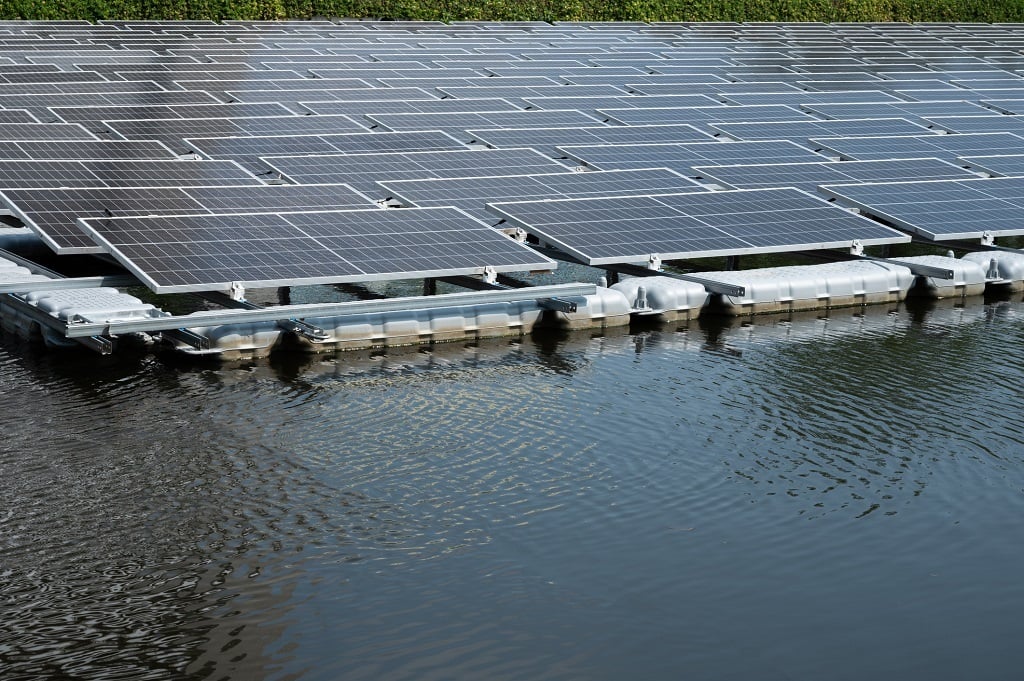Zimbabwe has revealed plans to transform its energy scene by putting floating solar panels on the Kariba Dam, the biggest artificial freshwater reservoir worldwide.
Driven by the Ministry of Mines and Energy Development, this enormous initiative seeks to solve the major energy constraints in the nation and advance renewable energy sources.
Daily outages ranging up to 18 hours have been experienced by Zimbabweans under extreme electricity rationing. The main power station, the 1,050 MW Kariba hydropower plant, has been cutting output because of depleted water levels brought on by below-average rainfall in recent years.
The government is thus driven to look for other energy sources in order to help solve the situation.
Read also: Nigeria Set to Launch Its First Citizen into Space
The installation of 150 megawatts of solar panels on the Kariba Dam would constitute the first phase of the project. This first capability seeks to give the nation suffering from energy shortage instant relief. The implementation is under the control of the Ministry of Mines and Energy Development, which makes sure the panels are placed to maximise solar exposure.
Kariba Dam: An Essential Source
Built-in the late 1950s, the Kariba Dam, shared between Zimbabwe and Zambia, is still a major hydroelectric power-producing site. Having 1,050 MW installed capacity on the Zimbabwean side, it has been very vital in supplying the country’s energy needs.
But a severe drought’s falling water levels have seriously hampered power generation. Frequent outages all throughout the country result from the Zambezi River Authority cutting the water supply for hydroelectric generation.
Installing floating solar panels on the Kariba Dam will have a number of benefits:
Maximising Space: Zimbabwe might create solar power without using more land by making use of the ocean surface. The large area of the dam offers enough space for solar panels, therefore enabling the nation to effectively use sunlight.
Unlike conventional ground-based solar farms, floating panels assist in lowering reservoir water evaporation. Water availability and energy generation can be gained from this conservation action.
Environmental Sustainability: The project fits Zimbabwe’s dedication to sustainable energy sources. Using solar energy helps the nation cut environmental impact and lessen dependency on fossil fuels.
Read also: Impact of AI-driven Innovation for a Digital Economy – Deep Learning IndabaX 2024
Interest in the Private Sector and Future Development
With applications for an extra 600 megawatts of floating solar panels, the private sector has demonstrated great interest in the project. Although the information on these projects is still unknown, investors are excited about the possibilities of this renewable hi-energy project.
The floating solar panels atop the Kariba Dam mark a major turning point as Zimbabwe approaches a better future. The country pioneers renewable energy by using the sun’s power on this famous reservoir. Should this effort be successful, other nations dealing with comparable energy issues could find inspiration in it.
Early next year, floating solar panels are planned to be installed, therefore ushering in a new phase in Zimbabwe’s energy history. The sun’s beams dancing on the sea promise a better, more resilient energy future for Zimbabwe’s people.
















